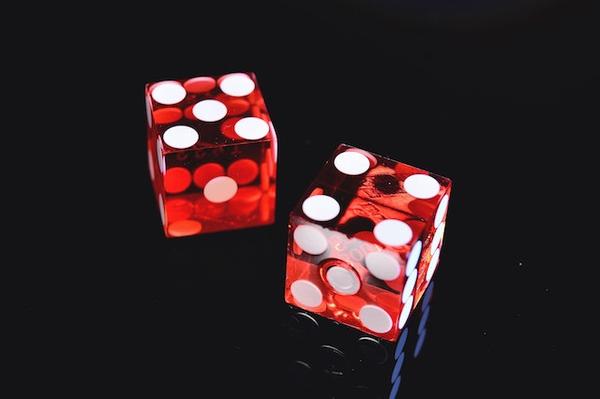Summary of Mm3dgs Slam: Multi-modal 3d Gaussian Splatting For Slam Using Vision, Depth, and Inertial Measurements, by Lisong C. Sun et al.
MM3DGS SLAM: Multi-modal 3D Gaussian Splatting for SLAM Using Vision, Depth, and Inertial Measurements
by Lisong C. Sun, Neel P. Bhatt, Jonathan C. Liu, Zhiwen Fan, Zhangyang Wang, Todd E. Humphreys, Ufuk Topcu
First submitted to arxiv on: 1 Apr 2024
Categories
- Main: Computer Vision and Pattern Recognition (cs.CV)
- Secondary: Artificial Intelligence (cs.AI); Robotics (cs.RO)
GrooveSquid.com Paper Summaries
GrooveSquid.com’s goal is to make artificial intelligence research accessible by summarizing AI papers in simpler terms. Each summary below covers the same AI paper, written at different levels of difficulty. The medium difficulty and low difficulty versions are original summaries written by GrooveSquid.com, while the high difficulty version is the paper’s original abstract. Feel free to learn from the version that suits you best!
| Summary difficulty | Written by | Summary |
|---|---|---|
| High | Paper authors | High Difficulty Summary Read the original abstract here |
| Medium | GrooveSquid.com (original content) | Medium Difficulty Summary This paper presents a novel approach to simultaneous localization and mapping (SLAM) using 3D Gaussian-based map representations. The proposed method, MM3DGS, enables accurate SLAM with unposed camera images and inertial measurements, addressing limitations of prior neural radiance field-based representations. MM3DGS incorporates loss functions that utilize relative pose transformations from pre-integrated inertial measurements, depth estimates, and photometric rendering quality metrics. The framework enables keyframe-based mapping and tracking in real-time, allowing for photorealistic reconstruction and rendering of scenes using multiple posed cameras. Experimental evaluation on the UT-MM dataset shows a 3x improvement in tracking accuracy and 5% improvement in photometric rendering quality compared to the current SLAM state-of-the-art. |
| Low | GrooveSquid.com (original content) | Low Difficulty Summary This paper helps us understand how robots can better navigate and map their surroundings. It’s like when you’re lost in a new city, but then someone gives you a map that shows where everything is! The researchers came up with a new way for robots to make maps using special math formulas called 3D Gaussians. This makes it possible for the robot to know exactly where it is and what it sees, even when it’s moving around quickly. They also made a big dataset of pictures and measurements from a mobile robot that they’re sharing with others so they can try out their method too. |
Keywords
* Artificial intelligence * Tracking




